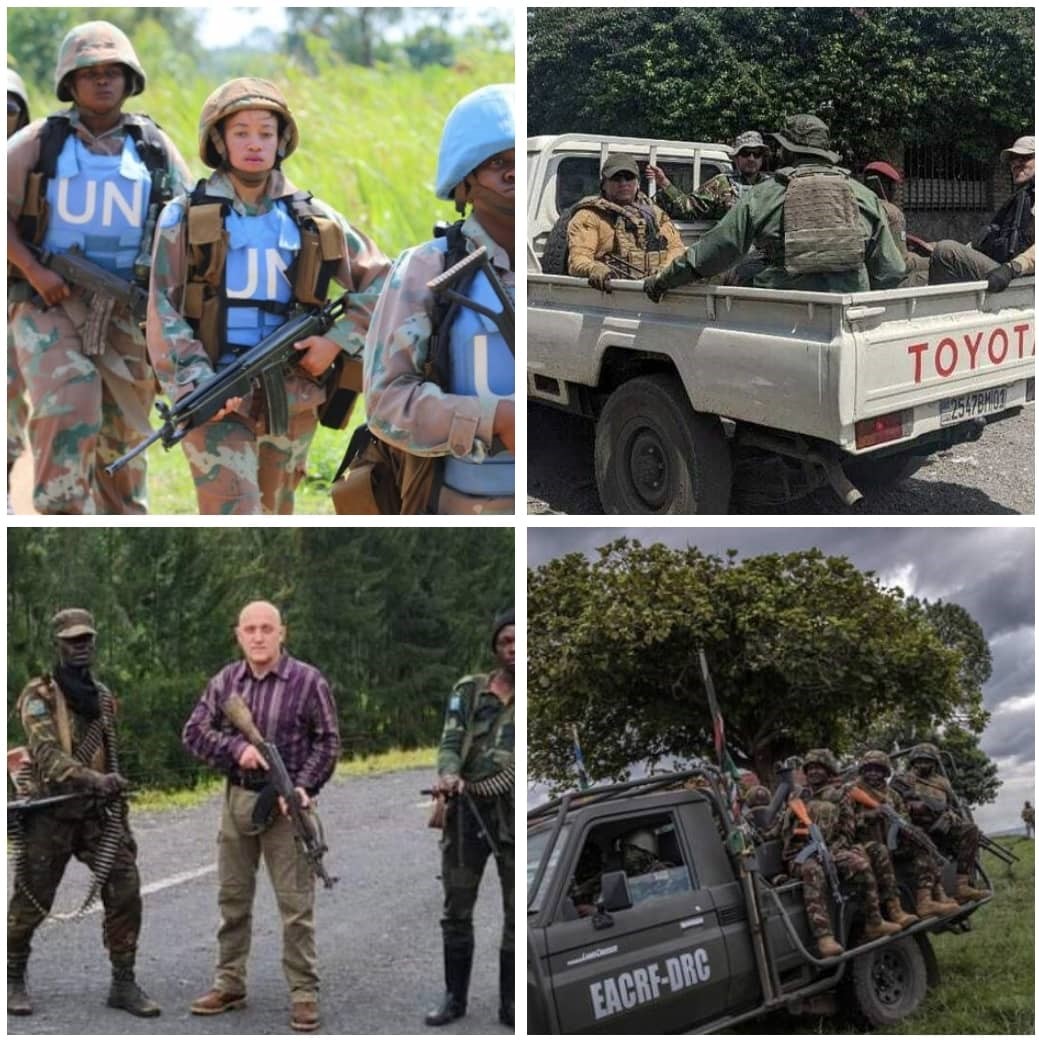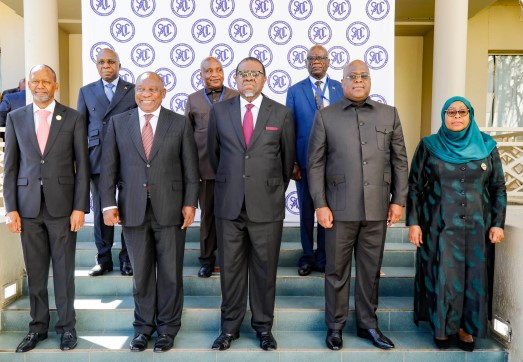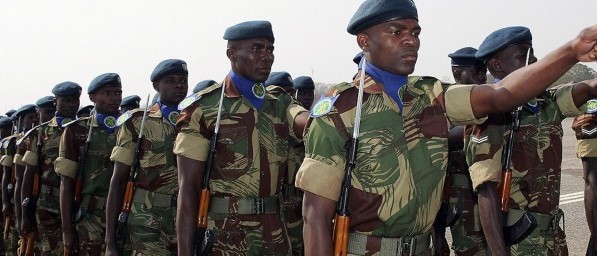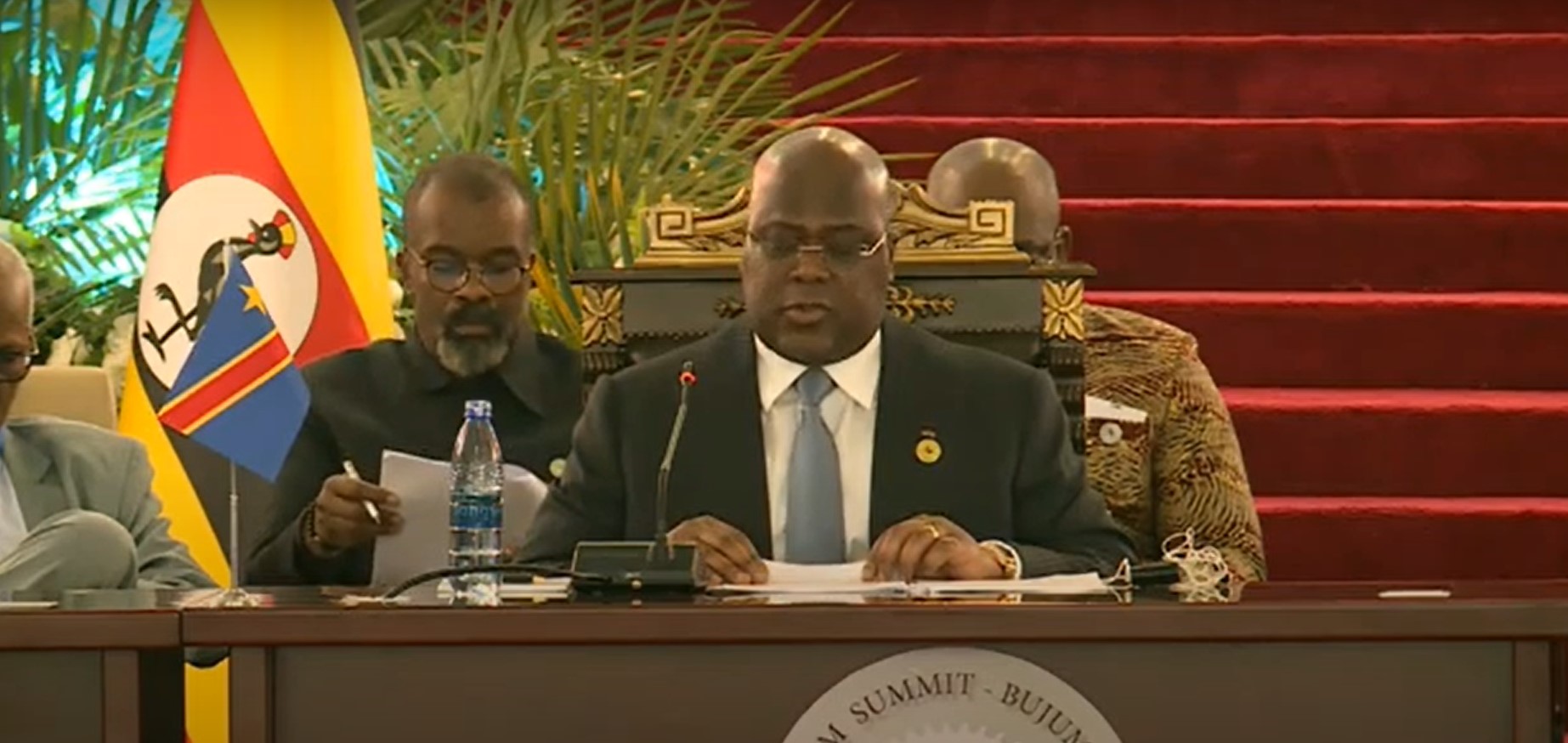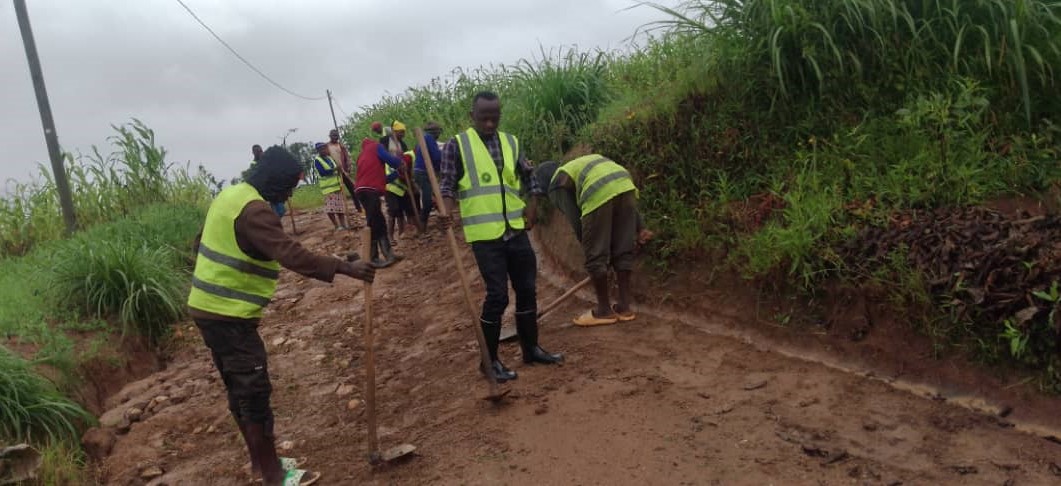Regional
Rwanda post-genocide: From culture of impunity to accountability
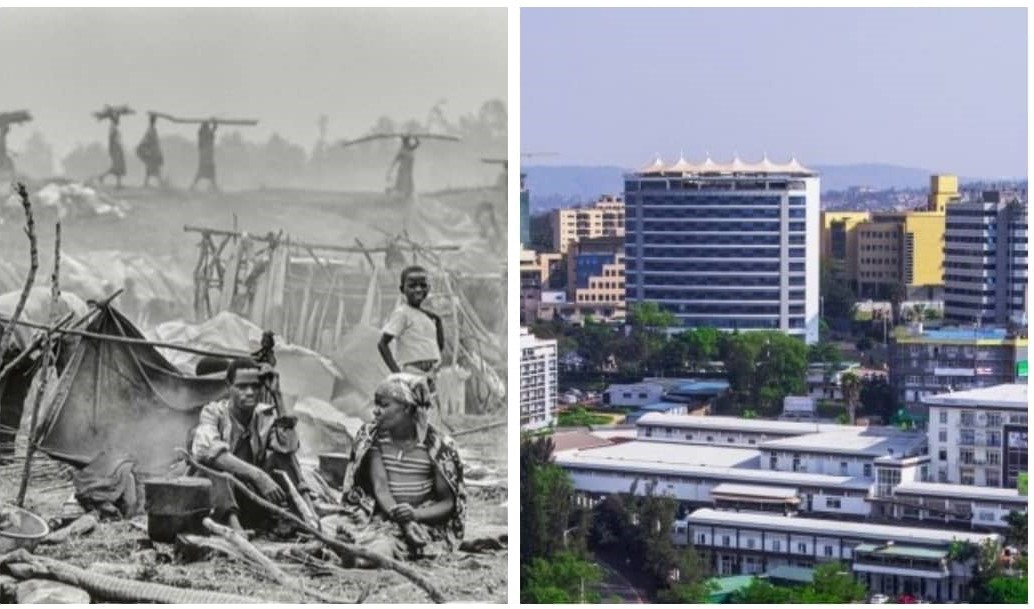
On February 4,
1964, Denis-Gilles Vuillemin who was a teacher in Rwanda, sent by UNESCO,
published a letter in the French newspaper, Le Monde, titled: “The massacres in
Rwanda are the manifestation of a carefully nurtured racial hatred.” He was
referring to the massacre of the Tutsi on December 24 to 25, 1963.
He later resigned saying
that “he cannot continue working with the Government of President Kayibanda
which was responsible of genocide and remain silent like other Europeans who
were living in Rwanda.”
In Rwanda
throughout the four decades preceding 1994, Hutu extremists slaughtered the Tutsi
between 1963 and 1993. Those were acts of a genocide, even if there had never
been a legal or political decision at the international level to those
effects.
After visiting
Rwanda from April 8 to 17, 1993, one year before the Genocide against the Tutsi,
Bacre Waly Ndiaye, then the UN Special Rapporteur on Extrajudicial, Summary, or
Arbitrary Executions, submitted a report on August 11, 1993, to the UN
Commission on Human Rights indicating that at least 2,000 Tutsi were killed
from October 1990 to January 1993 in North-West Rwanda (Bigogwe Region), Kibuye
and Bugesera.
Ndiaye added that
these massacres were perpetrated by either Rwandan security forces with the
support of Interahamwe militia and government officials.
Impunity and other
forms of political inequality like expulsion of the Tutsi, lack of human and
minority rights, hate speech, among others, paved way to the Genocide against the
Tutsi. No one was convicted of any crimes relating to the 1990-1993 massacres.
Published in 1994,
while the genocide raged, the UN agency Rapporteur observed that impunity of
previous massacres was the recurrent cause of the genocide, which was happening
at the time.
After the genocide
against the Tutsi in 1994, Rwanda and international community faced difficult
questions about whether and, if so, how, when, and where to bring the
responsible individuals to justice.
There have been
four main transitional justice mechanisms for Rwanda. Two outside Rwanda
Prosecution through the ICTR and in foreign countries, and two inside Rwanda,
prosecution by ordinary domestic courts and Gacaca jurisdictions.
On November 8, 1994
the UN Security Council adopted Resolution 955 establishing ICTR and on
February 22, 1995 the UNSC adopted Resolution 977 locating the seat of the ICTR
in Arusha, Tanzania.
Some foreign
countries sought to hold accountable, in their domestic courts, suspected génocidaires
found within their borders. To date, at least Belgium, Canada, Denmark,
Finland, France, Germany, The Netherlands, Norway, Sweden and Switzerland have
held some trials.
Despite acceding to
the Genocide Convention in 1975, it was not until after the 1994 genocide
against the Tutsi that Rwanda codified genocide and crimes against humanity
into its domestic law.
On September 1,
1996, the Government of Rwanda enacted legislation to facilitate the
prosecution of individuals suspected of committing atrocities between December
1, 1990 and December 31, 1994.
By 1997, Rwanda had
arrested 87,000 suspected genocide perpetrators. According to Michel Moussalli,
the then Special Representative to the UNCHR, by November 30, 1999, the Rwandan
courts had tried 2,406 out of 121,500 individuals in detention.
In 1998, 22
individuals were publicly executed, after being convicted by the Rwandan courts
for genocide-related. However, in July 2007, the death penalty was abolished,
on the simple basis that the government could not become a mass executioner in
order to correct mass murders, where possible executions were estimated at one
million.
Rwanda’s abolition
of capital punishment paved way for the ICTR, which was otherwise barred by its
own Rules and Procedure and Evidence from doing so, to transfer cases to
Rwanda.
The Gacaca courts
officially operated for exactly 10 years from June 18, 2002 to June 18, 2012.
In its report presented at the closing ceremony, it was presented that the
courts had tried 1,958,634 cases.
The four main transitional
justice methods used to address the 1994 Genocide against Tutsi, the ICTR,
foreign courts, Rwanda’s ordinary courts and Gacaca, mark a watershed in the
development of international, foreign, domestic and local transitional justice
respectively.
Although imperfect,
these mechanisms helped combat the rampant impunity in Rwanda between 1959 and 1994.



